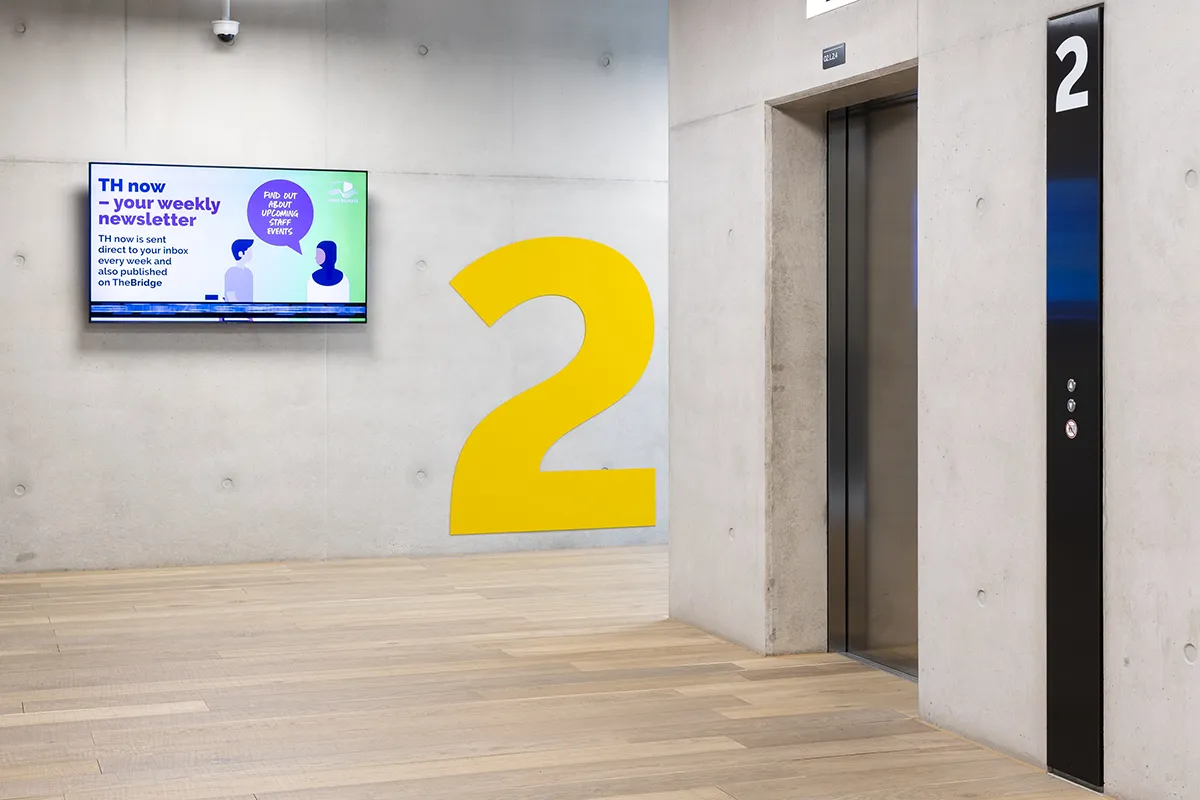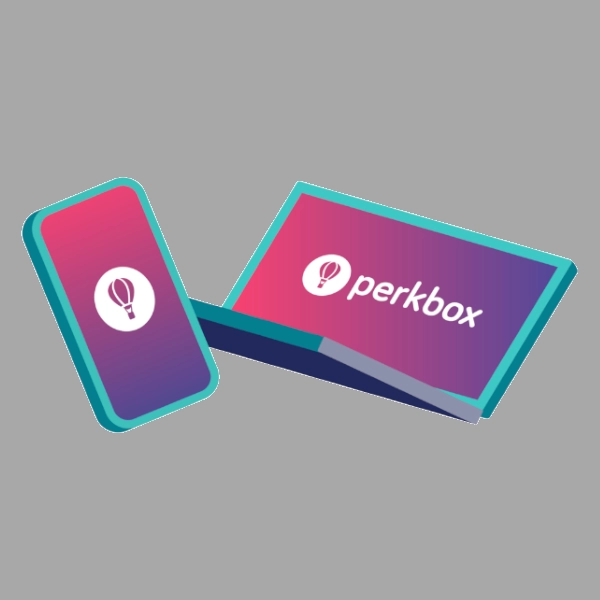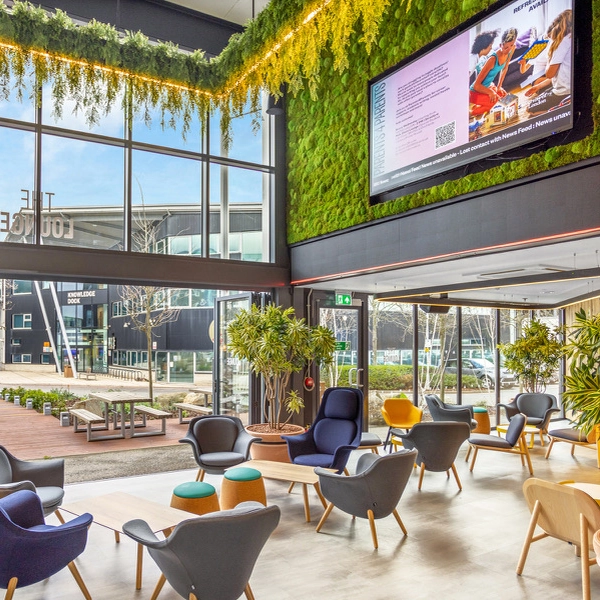BRINGING innovation to the different aspects of audio visual technology
Digital Signage technologies for any business requirement
What do we mean by “digital signage”?
Unlike most audio visual technologies, digital signage is more of an umbrella term defining a specific use for AV displays instead of a specific piece of hardware.
When we talk about it, we usually refer to any type of display technology (LED, LCD, Projection, e-paper) that shows different types of image and video content. Signage displays were mostly used to display static information that could be remotely updated as often as needed.
With the development of LED technology, it started expanding its capabilities. Displays are now able to showcase all types of different media – news, advertisements, live data. Thanks to the advancements in touchscreen tech, the latest generation of interactive signage has focused on developing ways to allow users to interact with the digital display.
How does Digital Signage work?
In its most simple form Digital signage features a display and a media player. The display is used to stream the content and the media player is used in the backend to control and manage the media that is being displayed.
There are, of course, way more complicated setups. Instead of just one screen, it can be made up from many different displays that work in tandem or solo to display different media. This also requires a higher level control system on the back end that synchronises and adjusts the media for multi-display streaming.
In its most advanced form digital signage technology can become interactive and allows the user to engage. This can be achieved by giving the display touch capability or through connecting with the users mobile phone.

In the hospitality
industry
Hospitality venues like hotels and bars often use interactive signage to inform, entertain and enhance the overall experience for their customers.
In the DOOH
industry
Since the Digital Out of Home industry relies heavily on digital displays for their advertising, you can consider DOOH as advertising-centered digital signage.
Informing the
public
It allows for constant up-to-date information to be streamed directly to bystanders. Many government agencies use it to communicate important information.
Enhancing the retail experience
In the retail industry a combination of interactive displays and advertising is used to improve the experience of brick-and-mortar shoppers.
LET’S TALK ABOUT YOUR PROJECT
Case Studies





